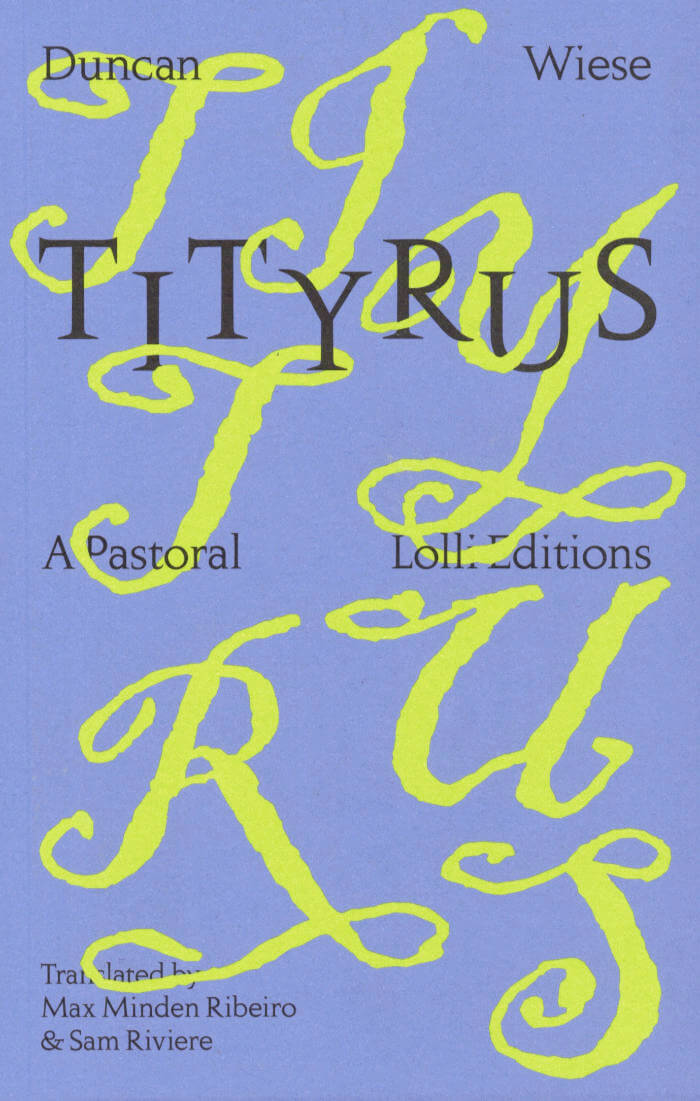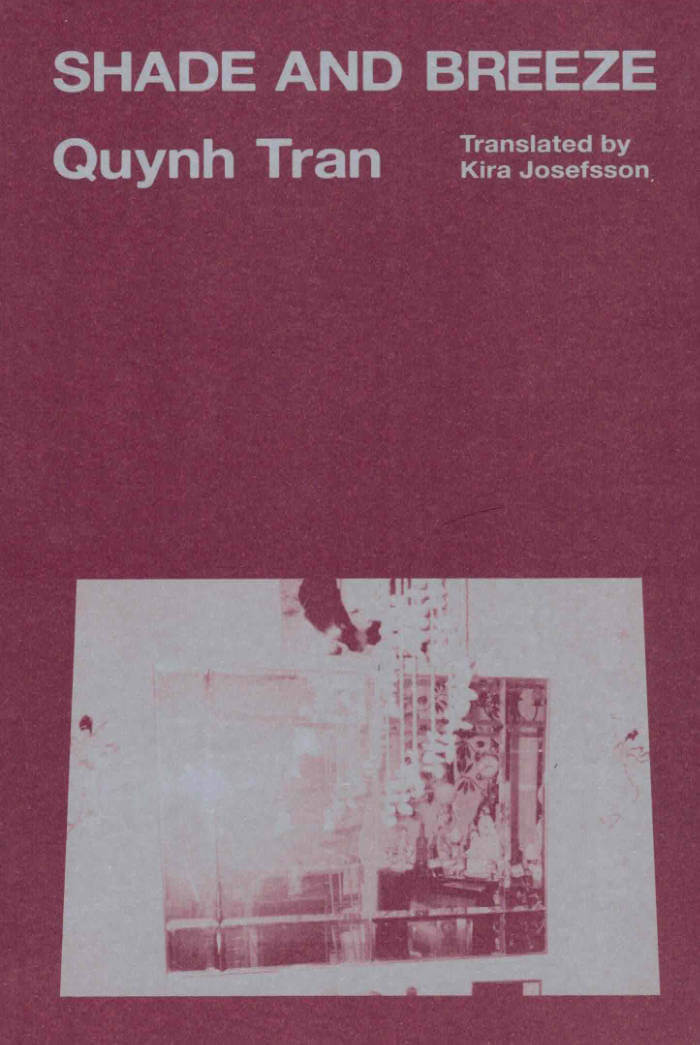
Tityrus
Duncan Wiese updates the pastoral for the 21st century. In Tityrus, the countryside offers a less than ideal lifestyle for a young shepherd
The ideals of simple country living have captivated poets for a crow’s age. But in the countryside that Tityrus knows, the beech trees tower like skyscrapers, mice wrestle each other, and the nearby island is infected by swarms of gulls. The forest is a source of energy, but also the home of a behemoth transformer substation and where a little boy has drowned. The shepherds are prescribed Ritalin, slip in the mud, cry without knowing why, and sustain themselves on mini pizza rolls.
Wiese’s poetry is as hilarious as it is gentle, moving gracefully between the everyday and the profound. Building with the narrative quality of a novel, Tityrus is both an elegy to a natural world that has long been overindustrialised, and a love letter to all that remains.





